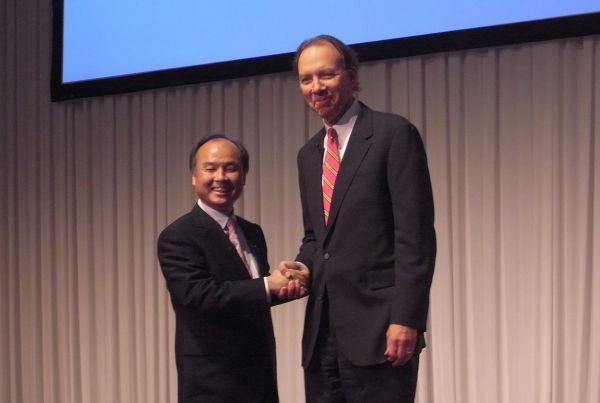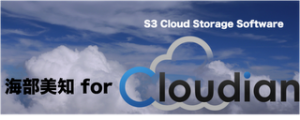 “Big Data and Cloud Storage” Vol. 2: Event and Company #2
“Big Data and Cloud Storage” Vol. 2: Event and Company #2
From box to cloud – Random thoughts at Hosting and Cloud Conference
◆ Die-hard Local Businesses as “Cloud” infrastructure
It was my first time to attend “Hosting and Cloud Transformation Summit2012” held in Las Vegas on September 19th and 20th.
I enjoy feeling various beat of each industry when I attend conferences. This time, the impression of this conference was quite different from equivalent Silicon Valley ones.
I am accustomed to see Asians, Europeans, men and women all mix together, in jeans-based business casual, while the exhibit booths push fashionable and cutting-edge image, in SV. But here at HCTS, most attendees are white male in suit, and the booths are more practical and industrial. I often encounter such atmosphere at traditional telecom segments, which is supported by many local-oriented small to medium service providers.
In the 1990’s, thousands of discount long distance telephone carriers and CLECs flourished across the US. WorldCom was the most famous one, but most of them were not “money game” type people at all. They continued on as honest local businesses, have changed the line of business into another form as the industry changes, and one of their evolved form is the hosting business.
Such not-so-flashy but vast and steady infrastructure business is the building block of the cutting edge cloud services such as social media and online games.
◆ Hosting business is doing well
But their profitability is quite flashy indeed, said DH Capital, investment bank specialized in this area. They claim that after the over-supply period of the bubble, demand increased accordingly and now the market is at just a good balance. EBITDA multiple of publicly traded hosting companies are at 15-20x, nice level as a steady industry.
Traditional hosting as a “box” business can earn a steady income when the box is full. But many predict a huge demand increase in the near future, and the threat of overflow.
Conference organizer The 451 Group pointed out in the keynotes the cause of such demand change is caused by “Internet of Things (IoT)” and “Big Data.”
The audience reaction felt a bit slow to these issues, another difference from Silicon Valley where people are actually feeling the pinch of data overflow. I guess it is because the data overflow situation has not spread into many other places.
◆ From Box to Cloud
But such data wave is spreading for sure.
According to The 451 Group, Internet infrastructure market is estimated to grow from $39 billion in 2010 to $68 billion in 2013, at 20% CAGR. Among its sub-sectors, the largest are traditional managed hosting and multi-tenant datacenter, but the fastest-growing is cloud computing with 62% annual growth. “Cloud” is more flexible and scalable form of service compared to “box” type traditional hosting.
Big data characteristic is often express as “3V”, or “Volume, Velocity and Variability.” The 451 Group argues that datacenter has to be elastic as well to handle such type of data communication.
Datacenter management has to adjust as well. In the conference, for example, Schneider Electronic explained that the electricity management has to be upper-layer conscious, because if the power of a part of virtual machine goes down, the management system has to know where to back up.
◆ Amazon Dominance
Looking from a different point of view, cloud service can be divided into three layers, “SaaS (Software as a Service)”, “PaaS (Platform as a Service)” and “IaaS (Infrastructure as a Service).” Hosting service providers are in IaaS area.
The 451 Group showed that approximately half of IaaS market is taken by Amazon, followed by Rackspace and Verizon Business with a wide margin. It is safe to say that Amazon S3 (Simple Storage Service) has become the de facto standard in cloud storage.
Although Amazon was not present in the conference, many speakers mentioned it in a context that managed hosting players are feeling threat from Amazon S3. The 451 Group, however, claimed that both have different roles and will co-exist even in the future.
◆ Cloudian Community Edition
In the conference, this column’s sponsor Cloudian announced free “Cloudian Community Edition”.
Cloudian software enables hosting providers and enterprise users build “Amazon Style” cloud storage system, compatible with S3.
Community Edition includes the same functionality as the standard edition and is free up to 100 Terabyte.
Please refer to Cloudian website for more details.












